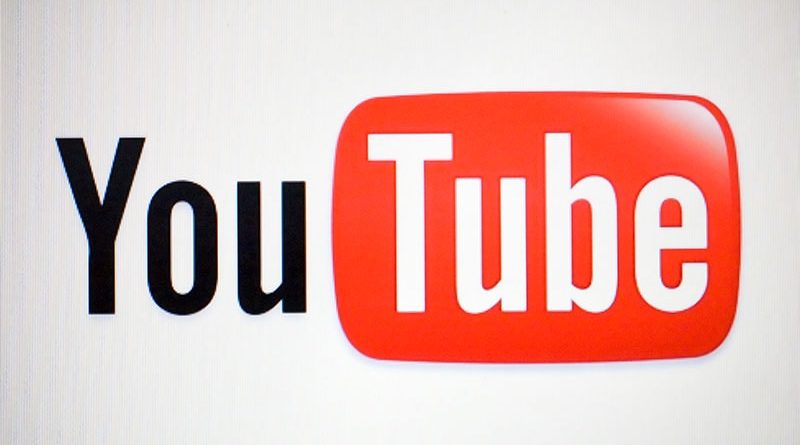extrapancreatic effect glimepiride
YouTube is cracking down on medical misinformation, particularly as it relates to cancer treatments, according to an August 15 blog post.
“Moving forward, YouTube will streamline dozens of our existing medical misinformation guidelines to fall under three categories ― Prevention, Treatment, and Denial. These policies will apply to specific health conditions, where to buy zithromax coupons best treatments, and substances where content contradicts local health authorities or the World Health Organization (WHO),” Garth Graham, MD, director and global head of healthcare and public health partnerships at YouTube, and Matt Halrpin, vice president and global head of trust and safety at YouTube, wrote in the post.
The new framework will focus on public health risk, publicly available guidance from global health authorities, and whether the source of the content is “generally prone to misinformation.” YouTube will remove content that contradicts health authority guidance on specific conditions, the safety and efficacy of approved vaccines, and content that promotes unproven remedies over seeking medical attention, for example.
Regarding cancer misinformation, YouTube will immediately “begin removing content that promotes cancer treatments proven to be harmful or ineffective, or content that discourages viewers from seeking professional medical treatment.” This includes content that promotes unproven treatments and treatments that have been deemed harmful by health authorities.
Graham and Halprin specifically mentioned promoting cesium chloride as a treatment for cancer and vitamin C as an alternative to radiation therapy as examples of information that would be removed.
In collaboration with the Mayo Clinic, YouTube will also develop new content on various cancer conditions and is “publishing a playlist of engaging, informative cancer-related videos from a range of authoritative sources.”
Medical information and misinformation continually evolve, and a long-term policy framework is needed to “preserve the important balance of removing egregiously harmful content while ensuring space for debate and discussion,” Graham and Halprin wrote. “While specific medical guidance can change over time as we learn more, our goal is to ensure that when it comes to areas of well-studied scientific consensus, YouTube is not a platform for distributing information that could harm people.”
Reactions on X (formerly Twitter) ranged from conspiratorial complaints that the move is a guise for suppressing “expert physicians who dissent from the CDC’s pandemic narrative” to praise for a “win against disinformation on YouTube.”
The YouTube blog notes that “[d]ebate and discussion are critical to the advancement of science and medicine,” and added that the platform will “always carefully take into account context when enforcing our policies, and allow content that provides educational, documentary, scientific and artistic (EDSA) context.
“One element we consider is public interest,” Graham and Halprin added.
“This means that we may allow content that is sufficiently in the public interest to remain on YouTube, even if it otherwise violates our policies,” they explained, citing as an example “a video of a public hearing or comments made by national political candidates on the campaign trail that disputes health authority guidance.”
Sharon Worcester, MA, is an award-winning medical journalist based in Birmingham, Alabama, writing for Medscape, MDedge and other affiliate sites. She currently covers oncology, but she has also written on a variety of other medical specialties and healthcare topics. She can be reached at [email protected] or on Twitter: @SW_MedReporter.
For more news, follow Medscape on Facebook, Twitter, Instagram, and YouTube.
Source: Read Full Article
